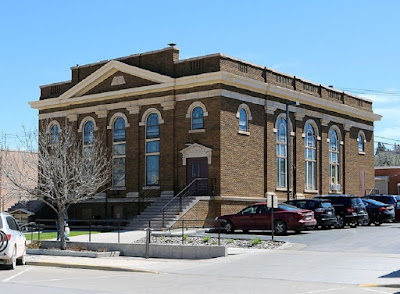Minnesota Illinois Memphis
Mississippi and New Orleans
Minnesota River Towns Lakes State Parks Performing
Arts and Local Brew Traditions
Minnesota means clear blue water from the Dakota language. Nearly 60 percent of the
population lives in the Twin Cities of Minneapolis and Saint Paul, the center
of transportation, business, industry, education, government and an
internationally renowned arts community. The remainder of the Land of 10,000 Lakes consists of western
prairies, forests in the southeast and mining, forestry, and recreation in the
North Woods.
The Twin Cities besides the Mississippi river, they are also connected
by the Metro Green Line light rail, which runs between Minneapolis’ Target
Field and St. Paul’s Union Depot, with more than 20 stops.
Performing Arts Minnesota is
home to a number of older stages that have been recently restored
Illinois River Towns Scenic
Vistas Tranquil Landscapes Historic Sites and Recreational Opportunities
The Great River Road in Illinois National Scenic Byway runs along the banks
and bluffs of the Mississippi River, through quaint river towns and urban
cities as it hugs the western border of Illinois for 550 miles. Experience an
Illinois winery, brewery, farm, u-pick, or local farm to table restaurant.
Four Centuries of history
and heritage and thousands of stories that recount America's evolution while
experiencing breathtaking views, majestic landscapes and species that travel
thousands of miles for a visit or to make themselves a home.
Fertile Soils
and Waters Discovered by Native Americans Ideal for Agriculture and
Farming
Your Journey begins in
Chicago, a world-class city. Experience the heart of the city from the Chicago
River and visit the city’s 57-acre Museum Campus which includes the Field Museum, home to more
than 20 million objects on culture, science and the environment, the Art
Institute of Chicago, second largest art museum in America with over 300,000
works of art
The Quad Cities of Illinois and
Iowa family
vacations museums historic sites and riverfront festivals
The Quad Cities area consists of Davenport and Bettendorf in Iowa, and
Moline, East Moline and Rock Island in Illinois. The region has the excitement
of a big city and the hospitality of a small town with award-winning museums
and cultural centers, internationally-recognized festivals, beautiful
riverfronts and a vibrant nightlife.
Memphis Tennessee Blues
Rock ’n’ Roll BBQ Pork Capital Cotton Row and Graceland
Memphis
is a city with a rich and eclectic history: Home of the Blues, Birthplace of
Rock ’n’ Roll, BBQ Pork Capital of the World. Some of the city’s traditions and
milestones include: Graceland, Home of Elvis Presley; the Memphis Zoo; the Indie
Memphis Film Festival; Sun Studio; National Civil Rights Museum; the Memphis
NBA Grizzlies; Stax Museum of American Soul Music; Charlie Vergos’ Rendezvous,
Payne’s BBQ and Interstate BBQ; Beale Street; Memphis in May Beale Street Music
Festival.
A display of
Fine Art, history-making Music and a Celebration of American Heritage
Sights Sounds and Culinary
Traditions of the Mississippi Regions
Delta
As diverse
as the crops that grow here and the music that made it famous, the Mississippi
Delta is a melting pot of cultures – from African to Italian to Asian.
Capital-River
from a
mighty river and antebellum mansions to downtowns with restaurants featuring
soul food, authentic ethnic dishes and modern culinary delights.
Pines barbecue and bakeries, cheese and cheesecakes, the tastes of
this region take their influences from their Native American heritage and the
railroads that brought lumber, cotton and other goods.
Hills
home to
William Faulkner, Tennessee Williams and Southern fiction characters, platters
of fried chicken, skillets of cornbread, and delicacies such as pecan
pie.
Coast a little of everything: golf, gambling, art,
architecture and great food. Immigrants from all over the world - Croatian,
Vietnamese and French – a blend of cultures and culinary traditions.
Mississippi is a true melting pot of regional, ethnic, national
and international cuisine
New Orleans architecture creative culture history and
traditions
The original settlement of New Orleans and the oldest neighborhood
in the city is Vieux Carre, better known as the French Quarter. Established by
the French in 1718, the location continues to be a valuable site for trade due
to its strategic position along the Mississippi River. The district is a
National Historic Landmark and is bordered by popular streets, such as Canal,
Decatur and Rampart Streets and Esplanade Avenue. The French Quarter boasts cultural
contributions from the French, Spanish, Italians, Africans, Irish and others as
demonstrated by the development of New Orleans as a global port.













